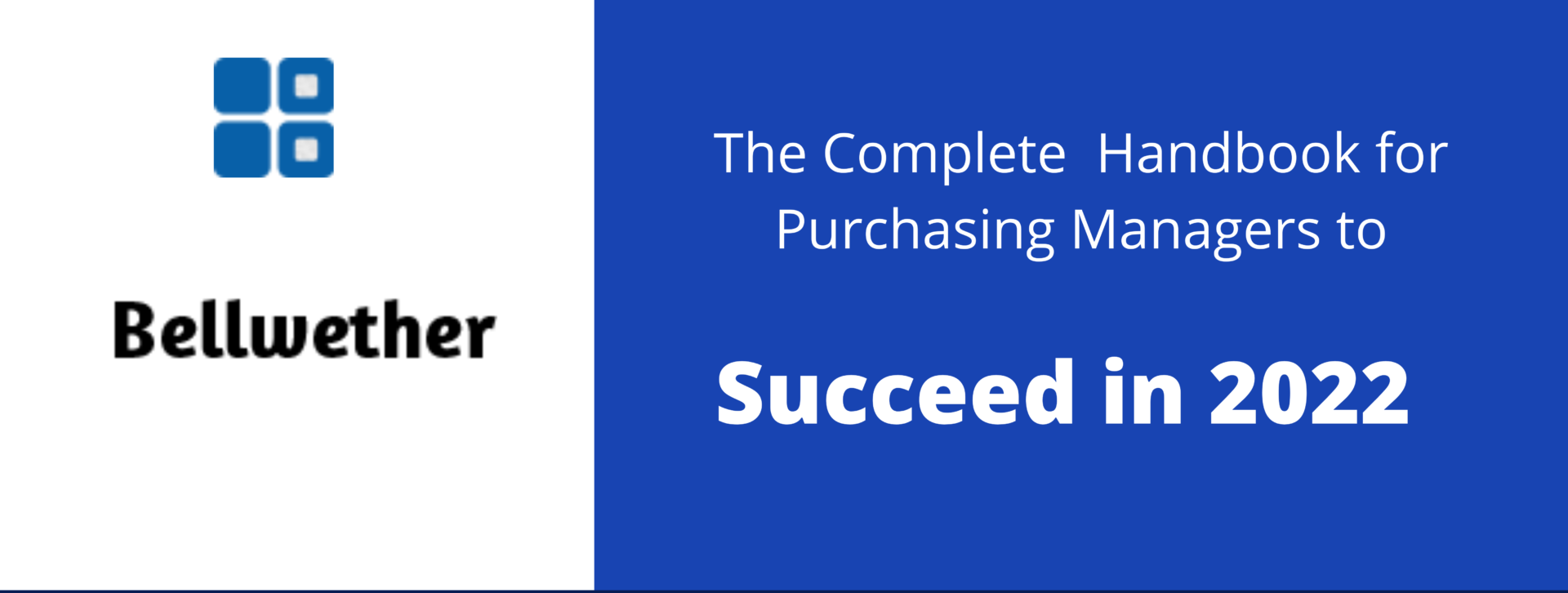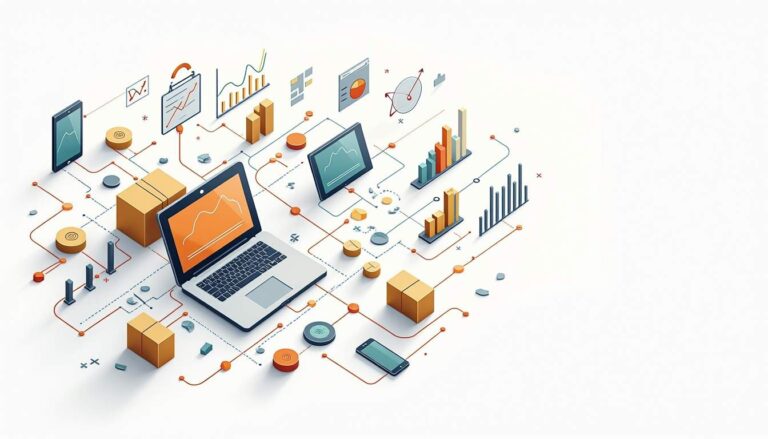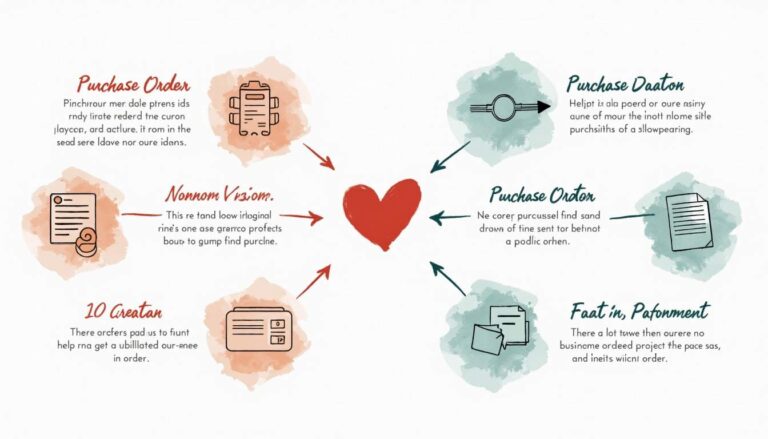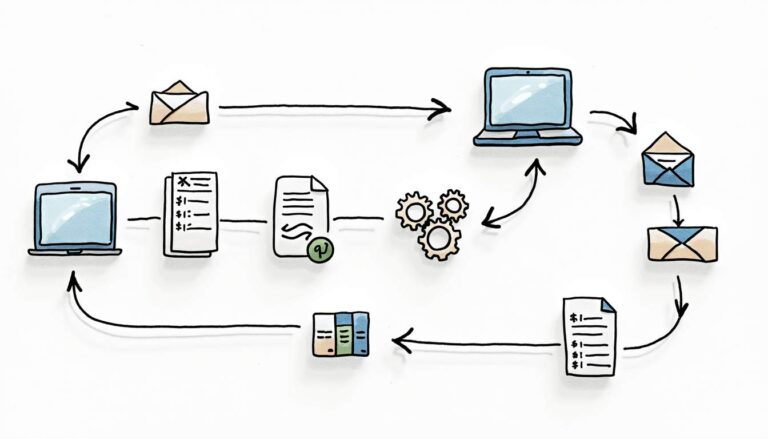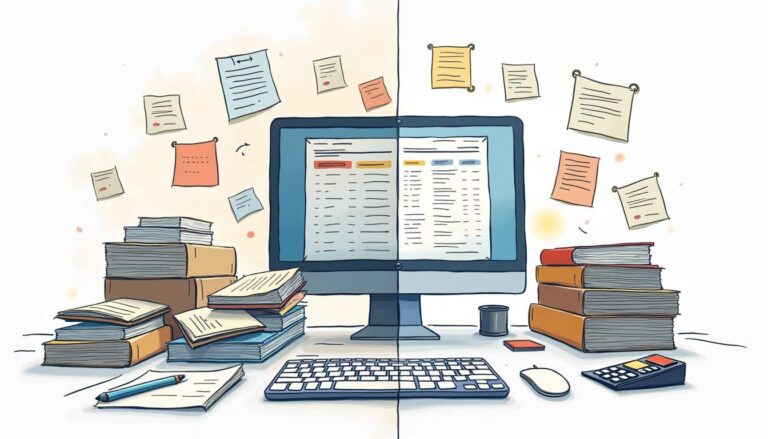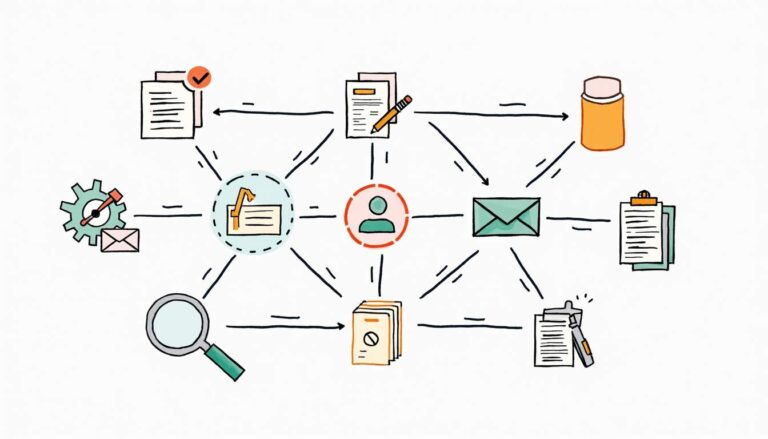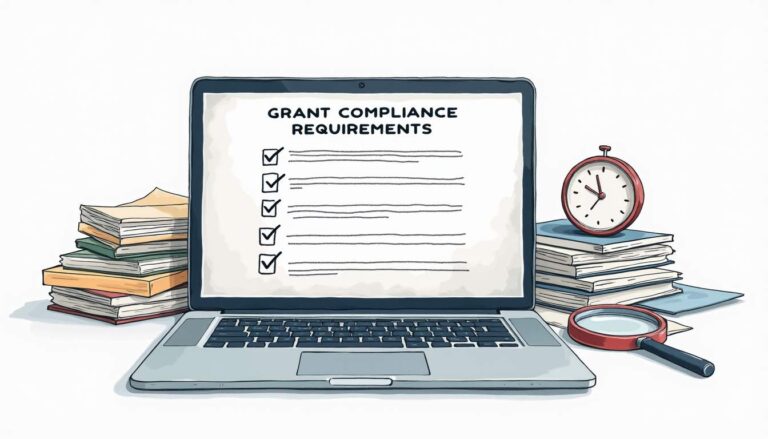Cost savings for an organization come in ways that are unexpected for many. Scores of companies have taken procurement for granted over the years and have not bothered to spend time or money on the seamless functioning and management of the (Purchase-to-Pay) P2P process.
The procurement process is complicated and the manual hassles involved are highly prone to error. This happens because of an inefficient procurement management process that heavily relies on manual processes.
Manual P2P processes are riddled with maverick spending, lost documents, and a slow approval process among many other issues. As a result, the supplier relationships take a massive hit which leads to poor vendor management, late payments, etc. Somehow, plenty of companies still run such complex processes. This essentially means that a chaotic procurement process is a way of life for many organizations.
However, it is never too late to get rid of the traditional and manual procurement management methods. Automating your procurement process is the way to go for an efficient and seamless P2P process.
What is Procurement Management?
Procurement is a complex function that involves multiple labor-intensive and time-consuming processes. The efficient management of procurement activities can help get rid of these tedious processes.
In simple terms, procurement management includes the management and optimization of organizational spend with a strategic approach.
There are multiple functions involved in the procurement management process namely, sourcing, requisitioning, ordering, receiving, inspecting and matching, and reconciliation. It also includes procuring quality goods and services from selected vendors within a stipulated budget, on or before the deadline.
So how exactly will procurement management benefit your organization to achieve success? Let’s take a look at the importance of procurement management.
Importance of Procurement Management
Managing the procurement activities not only keeps business operations running smoothly but also saves money, time, and resources. The main aim of procurement management is to avoid costly delays and errors.
An organization’s most time-consuming and tedious process is the procurement process when it is manual. When managed digitally, procurement can work wonders for your organization. However, many companies still resort to complex and manual procurement processes. This could be because many of them think of e-procurement as an unwanted and avoidable cost for their company.
This is, most definitely, not true. Automating your organization’s procurement process can offer a wide range of benefits. These benefits include:
- Increased spend visibility
- Enhanced efficiencies
- Improved spend management
- Better management of supplier relationships
- Reduced processing cost and time
- Better cost efficiencies
- Enhanced productivity
- Improved compliance
- Risk management
- Controlled maverick spending, and much more.
Hence, making the transition from traditional to digital procurement and automating your purchase-to-pay (P2P) cycle will be one of the best decisions you can make for the longevity of your business.
Now that we have understood the benefits of automating your company’s P2P cycle, let’s understand how to make procurement management successful.
5 Key Steps for Successful Procurement Management
- Planning and specification
To start with, procurement teams must put together a cohesive procurement plan specifying the goods and services needed. A detailed list of this will help in establishing a budget and staying organized from the start. Being organized will help the team to be prepared for contingencies and any further steps will go ahead as smoothly as possible.
- Identification and selection of suppliers
Next, choosing potential suppliers must be a priority and you should make sure that they meet the company’s exact needs and specifications. This can be done accurately with meticulous research and identification.
- Requesting a proposal and negotiation
After you have narrowed down the suppliers for your organization, you will need to start requesting proposals and negotiating with them as needed. The negotiation process is crucial as this can enlighten you on the suppliers’ dependability and trustworthiness. Make sure the suppliers know your company’s requirements and that they are communicated clearly to them.
- Tracking deliveries and payments
Now that you have selected a supplier and entered into a contract, it is your purchasing department’s responsibility to handle and control the deliveries and payments. To ensure a smooth procurement process, it is essential that deliveries are carefully tracked, all orders are reviewed and regular meetings are held with your vendors.
- Measurement and analysis
Finally, it is crucial that you analyze the entire P2P process using an established system of key performance indicators (KPIs). These KPIs will help in analyzing the cost efficiency, efficacy, speed, and success of the procurement process. You can also identify any areas for improvement and suggest any changes to be made. This will help in making any future projects a success.
Functions of Procurement Management
Procurement consists of numerous functions but, here are a few important and most-used functions of procurement that are the most important to automate. If your company can get rid of the manual aspect in the following functions, there will be improved productivity while saving more time and money.
- Purchase Requisition
A requisition is crucial to any organization’s procurement process. The requisitioning process allows staff members to create a record of their requested items from a list of approved vendors. This replaces the manual process of ordering anything, anywhere and anytime from any random vendor.
Once the requisitioning process is automated, any misleading information can be spotted easily since there is no room for error or inaccuracy in requisitions. What keeps the requisitioning experience consistent every time is a procurement management software that offers electronic data capture and approvals.
A purchase order is extremely crucial to a company’s procurement process. Requisitions made are converted to purchase orders and there is no need for manual paper-based purchase orders or data entries. Depending on the number of line items and vendors, approved purchase requisition can become as many POs as necessary.
With efficient digital procurement management software, anyone with appropriate permissions can locate a PO in the approval chain at a given point in time. This ensures maximum transparency to the stakeholders as well.
- Invoice Approval
Say goodbye to the days of manual invoicing where it was common for an item and price mismatch. Procurement automation can make invoice approvals and processing more efficient and accurate since this is a prominent procurement process.
When a supplier or a vendor submits an invoice for approval, the procurement management solution reads the paper invoice and digitizes it, and checks for any available information like supplier name, contract payouts, and PO limit. If there are any discrepancies, the invoice will not be approved based on predefined rules. This ensures that the payment will not be processed unless the discrepancies are corrected.
- Inventory Management
Automating the procurement management process helps you to keep track and control your inventory based on holding levels. It can also minimize costs and bottlenecks and manage current and future stock requirements.
The inventory visibility in supply chains is at its maximum if this process is automated. A good procurement management software can capture accurate data throughout the operational process ensuring stock is available when needed and the right quantities are ordered.
- Vendor Management
Vendor management holds an important place in the procurement process. The vendor selection process is usually a manual and time-consuming process. With the help of procurement management software, this process can be automated.
Tasks like background checks and review, supplier RFQs, follow-ups in case of missing documents or information, etc. can be easily automated.
- Contract Management
This essentially means collecting and managing contracts across the organization and securely storing them. This process sounds complicated in itself and hence, manual contract approvals take forever to be processed.
Procurement management software can automate this process and make it more efficient to manage contracts, hence saving time. This system will review these contracts and compare them against pre-defined templates hence, making it easier to point out errors and fluctuations in terms and conditions.
Kraljic Matrix
The Kraljic Matrix was created by Peter Kraljic in 1983 and it first appeared in the Harvard Business Review. Though it dates back over three decades, its relevance still remains.
Kraljic, in 1983, devised a means to segment the supplier base. He argued that supply items should be mapped against two key dimensions, namely – supply risk and profitability.
Supply risk is associated with the degree of difficulty while sourcing a product or a service. It is also associated with the vulnerability of the supplier to provide the product or service on time.
Profitability is used to show the extent of the potential of the supply in contributing to the profit potential. This can be achieved by lowering costs by paying a lower price or by buying more efficiently.
When you put the two key dimensions together, a classic two by two matrix is created – like in the image below.
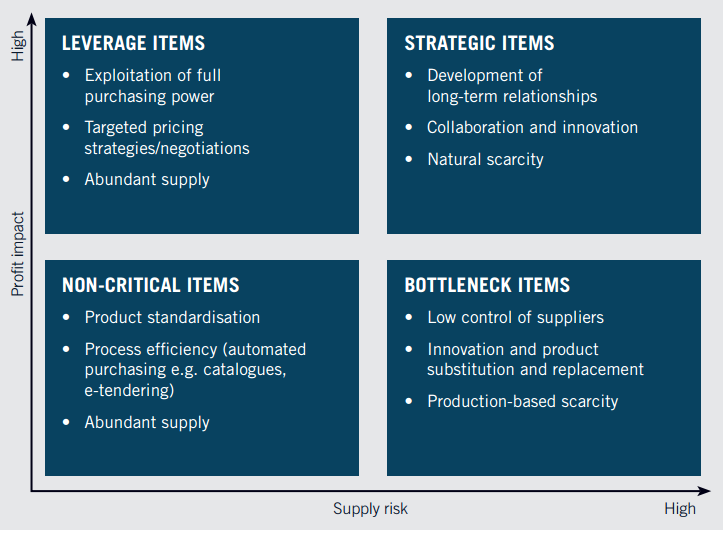
Each of these quadrants represents a unique buyer-supplier relationship type and suggests a distinct set of sourcing strategies. The matrix consists of the following:
- Non-critical items
- Leverage items
- Bottleneck items
- Strategic items
As per the matrix above, non-critical items are low risk and have a low impact on organizational profitability. Items like office stationery fall under this category.
Leverage items have high profitability but a low-risk factor. Buyers can obtain greater returns by leveraging their strength of possessing the balance of power in the relationship as suppliers can easily be substituted since their offerings are more or less the same.
Bottleneck items are high-risk but the profitability is low. Suppliers have the strength since the market has fewer suppliers who can drive the prices of items upwards.
Finally, strategic items are high supplier risk and high profitability and these are critical to the business. These suppliers need to be dealt with with absolute care as they are your strategic suppliers.
In conclusion, Kraljic’s basic insight was to encourage the buyer community to be more intelligent while managing their resources. Also, companies that treat their strategic suppliers as non-critical and are taken for granted, have the potential to lose a good chunk of profit.
How to Control Procurement Costs?
Digital procurement is all about controlling costs and managing the complex P2P process efficiently with minimum error. The procurement management software helps in automating the complex purchasing cycles which in turn helps in reducing and controlling costs.
Developing a cost-saving strategy involves being up-to-date with the latest procurement technologies, maintaining good relationships with suppliers, etc. Procurement managers can optimize operational workflows and maximize their company’s profitability by being cost-efficient.
Here are a few things your organization can do to control procurement costs:
- Avoid maverick spending.
- Identifying and assessing the right suppliers for long-term growth and stability.
- Develop and forge strong relationships with your strategic suppliers.
- Leverage the use of data.
- Be updated with the latest technologies in procurement.
- Automate the entire P2P process and save time and money.
- Develop risk management tools and procedures and assess them at regular intervals.
- Have a centralized purchasing system that will prevent purchases from being duplicated and will reduce maverick spending.
If your organization can successfully implement a digital procurement management system, it will automatically curb costs and reduce the complexities in your procurement process.
Implementing cost-saving strategies is crucial to every organization across all industries and having a procurement strategy that helps reduce costs and manage risks is the way to create a healthy financial foundation.
How to Pick the Best Procurement Software?
A good procurement management software can open up a host of ways in which you can minimize costs and increase efficiencies. However, not all e-procurement solutions offer the same results and benefits. Hence, it is crucial that your organization invests in the right procurement management software to gain maximum results and profits.
Here are a few things to look out for in digital procurement software that will help you with cost savings:
- Customer support
- Easy onboarding and implementation
- Risk management and vendor management capabilities
- Digitized audit trails which encourage transparency
- Invoice matching software which provides a 3-way match
- Spend analytics and management reports
- Budget tracking with real-time budget data
- Efficient approval workflows
- Ease of use on a mobile device
- ERP and accounting software integrations
- Inventory management software which reminds you about the reorder value and time
- Level of customization as per your needs; flexibility of the software to adjust to your needs
- Incorporates the entire P2P cycle
- Budget management will ensure fraud detection and identify costly errors
Bellwether provides a free-to-download checklist where you can compare our software to your current software provider and weigh the benefits of working with us and how we can help your organization reduce costs and ensure profitability.
As purchase managers, you need to analyze the procurement management software perfectly before choosing the right solution as this will set your company on a path to success in 2022. Bellwether can help you on this journey!

